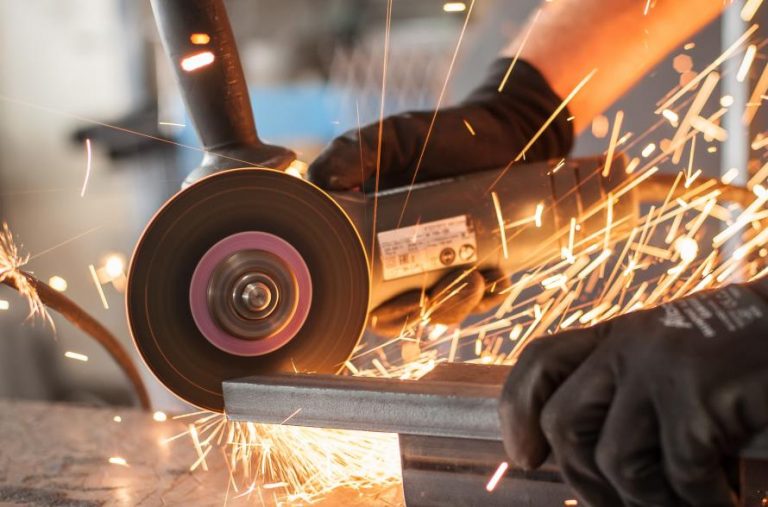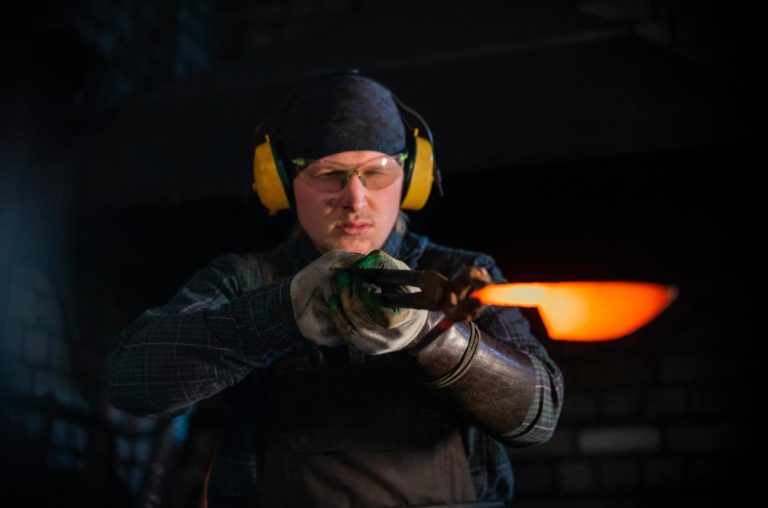BG42 steel is a high-performance, martensitic, stainless alloy. The steel was once popular in various industries, notably in the aerospace sectors. Noted for its unique combination of wear resistance and toughness. You’ll find that this particular steel is frequently compared to steel like ATS-34, S30V and CTS-B75P.
The composition of BG42 steel offers a balanced approach to harnessing the best qualities of stainless steel for specialized applications. Its corrosion resistance is attributable to its high chromium content, while the presence of vanadium enhances the hardness of the steel. When you select BG42 for your applications, expect a material that offers fine grain size and a good combination of ductility and strength, making it suitable for high-end knife blades. The manufacturing process of this steel involves vacuum melting, which results in a clean alloy with minimized impurities, thus ensuring consistent performance.
BG42 is a steel that has a fascinating history in the knife world. The article discusses how BG42 rose and fell in popularity. Is BG42 still a good choice for making knives? Find out more by reading the article! .
Overview of BG42 steel
BG42 steel is a top-notch stainless steel originally made by the Latrobe company, which was later acquired by Carpenter. This steel offers an outstanding mix of hardness, toughness, and resistance to corrosion, making it suitable for a range of high-performance uses. Interestingly, despite its impressive qualities, BG42 is hardly ever found in today’s knife market. Carpenter, on the other hand, has taken things a step further by creating their own powder metallurgy version of the steel known as CTS-B75P. The typical chemical makeup of BG42 steel includes:
- Carbon (C): 1.15%
- Manganese (Mn): 0.50%
- Chromium (Cr): 14.5%
- Molybdenum (Mo): 4.0%
- Vanadium (V): 1.2%
- Silicon (Si): 0.30%
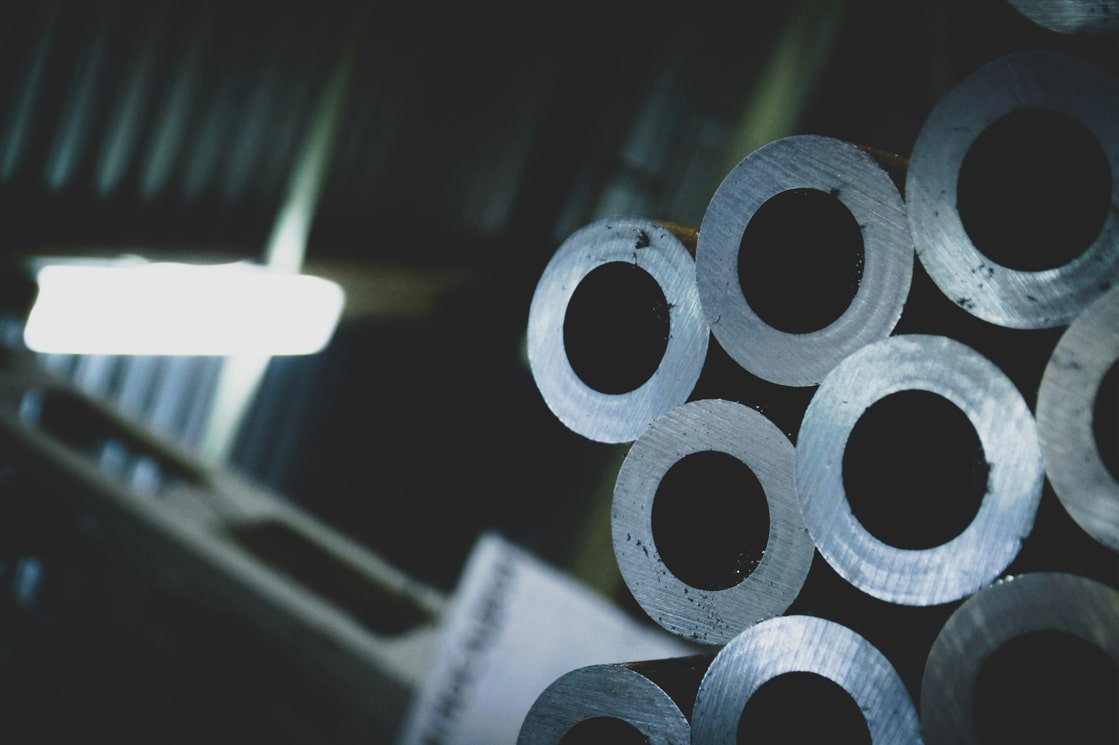
BG42 steel boasts a distinctive chemical composition that contributes to its exceptional qualities. With a carbon content of 1.15%, it attains notable hardness and strength. The presence of 0.50% manganese enhances overall toughness, while 14.5% chromium provides essential corrosion resistance, ensuring durability in diverse environments. The inclusion of 4.0% molybdenum further augments strength and corrosion resistance. Additionally, 1.2% vanadium enhances wear resistance, making BG42 well-suited for demanding cutting tasks.
Buy Wholesale Knives and Start Scaling up with Us Today
Contact us and connect with a sales rep to get a free quote.
BG42 steel performance as a knife steel
BG42 steel is a martensitic stainless steel known for its balanced performance characteristics in knife-making. You will appreciate its excellent wear resistance and good corrosion resistance, coupled with high hardness and edge retention.
Corrosion resistance
BG42 steel offers a solid level of corrosion resistance due to its stainless properties. The presence of chromium (>14%) is crucial for this characteristic, as it forms a passive oxide layer that protects the steel from rust and other corrosive elements. However, it is not as resistant as some other premium stainless steels.
Wear resistance
The wear resistance of BG42 steel is impressive because of the hard vanadium carbides formed within the matrix. This makes it highly suitable for knives that undergo frequent or heavy use, ensuring a longer lifespan of the cutting edge.
Hardness and edge retention
BG42 has a Rockwell hardness generally ranging from 58 to 62 HRC on the Rockwell scale, which is an indicator of its ability to withstand deformation. A higher hardness level results in superior edge retention, allowing your knife to maintain its sharp edge over extended use.
Toughness
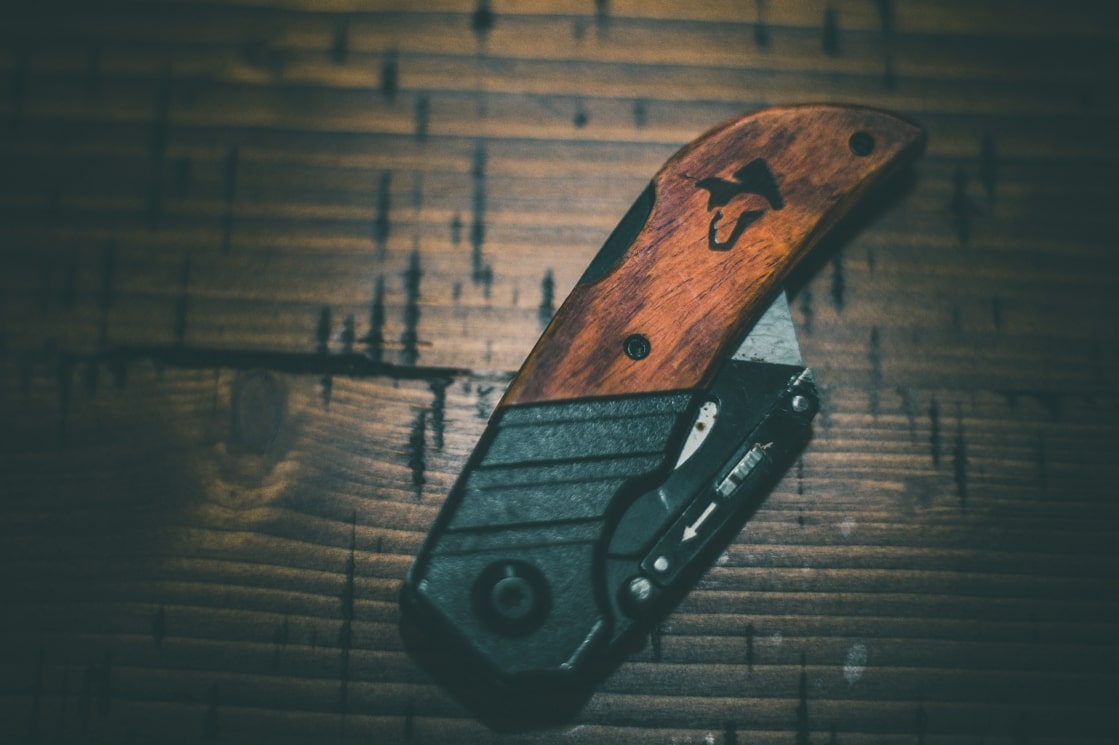
Although BG42 steel is hard, it also provides a decent degree of toughness. This means that your knife will not be overly brittle and is capable of withstanding impacts and stress without chipping or breaking under normal usage conditions.
Despite its high hardness, BG42 steel is not excessively difficult to sharpen. You should be able to restore a sharp edge with standard sharpening tools and techniques. Regular maintenance, including periodic sharpening and proper storage, will help maintain the steel’s performance and prolong the lifespan of your knife.
Manufacturing process
In the production of BG42 steel, you will witness a sophisticated series of metalworking procedures that ensure its high-quality characteristics. Emphasis is placed on advanced melting techniques to enhance the material’s cleanliness and structural integrity.
Understanding the heat treatment process is essential as it significantly affects the steel’s final characteristics. BG42 steel requires precise heat treatment to reach its full potential in terms of hardness and resistance to wear. It responds well to a deliberate and controlled heating and cooling process, ensuring that its applications yield longevity and reliability.
BG42 steel is a martensitic stainless high-speed steel, which can be difficult to manufacture due to its composition. The steel’s high-performance characteristics necessitate precise control over the production process, which includes steps like melting, forging, and heat treatment. In particular, Vacuum Induction Melting (VIM) and Vacuum Arc Remelting (VAR), commonly referred to as VIM/VAR, are critical for achieving the desired purity and properties. These processes help minimize inclusions and voids that can compromise the steel’s integrity.
- Melting
- VIM: Ensures initial material purity.
- VAR: Enhances homogenization and removes impurities.
- Forging and heat treatment
- Precise temperature control: Avoids microstructural defects.
- Careful cooling: Ensures the desired martensitic phase.
Handling the steel during forging and heat treatment requires your utmost attention to avoid thermal stresses that could lead to warping or cracking. The precise temperatures and cooling rates needed to maintain the steel’s integrity necessitate advanced equipment and technology.
BG42 vs other steel
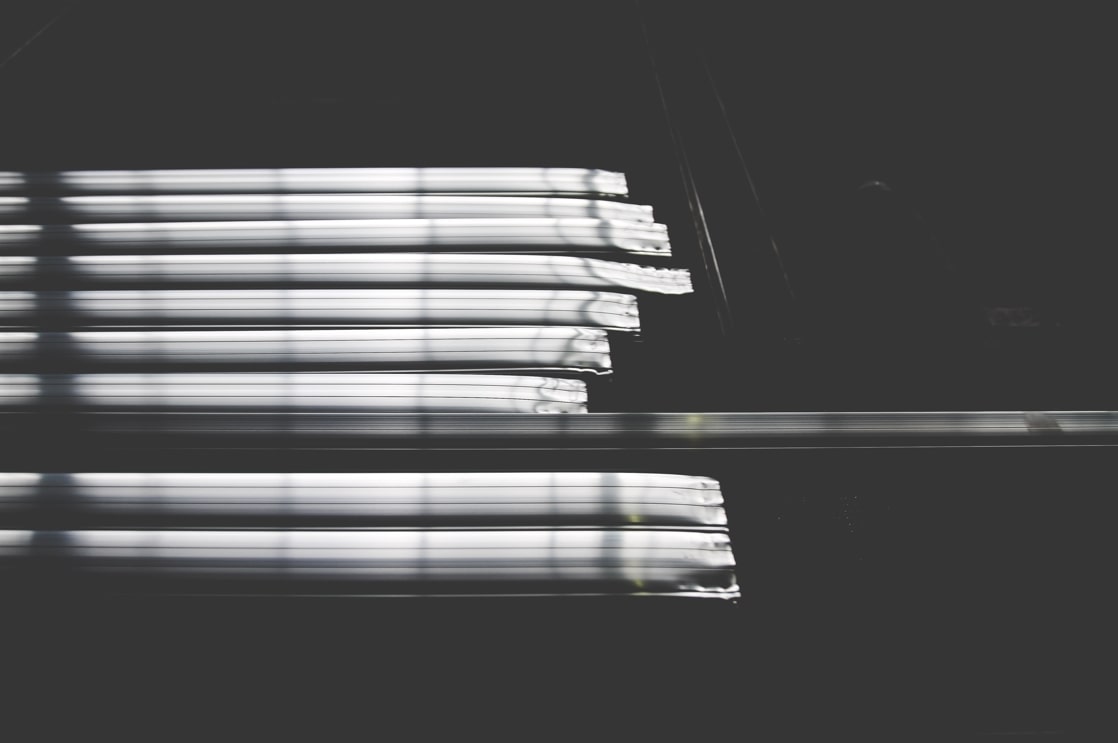
BG42 steel is a high-end steel that was once considered a super steel. It offers a balanced combination of excellent edge retention, good toughness, and corrosion resistance. When comparing BG42 steel with other premium knife steels, several factors come into play.
S30V
BG42 and S30V have been notable contenders with distinct characteristics. BG42, renowned for its balanced composition and excellent performance, was a premium choice in its time. However, the rise of S30V signaled a shift in the landscape.
S30V, while maintaining or even surpassing BG42’s quality, gained an edge by being more cost-effective to produce. The economic advantage of S30V, without compromising on performance, led to its widespread adoption and eventually overshadowed BG42 in the market. The cost-effectiveness of S30V played a pivotal role in the decline of BG42, as manufacturers and consumers alike gravitated towards a steel that offered comparable, if not superior, performance at a more accessible price point. This economic factor, coupled with S30V’s commendable attributes, contributed to the fading prominence of BG42 in the knife industry.
CTS-B75P
They are basically the same steel. CTS-B75P and BG42 share an almost identical chemical composition. BG42, initially developed by Latrobe, gained recognition for its well-balanced properties. The evolution occurred when Latrobe was acquired by Carpenter, leading to the development of CTS-B75P, a powder metallurgy version of BG42. The transition to powder metallurgy brings advantages like finer grain structure and enhanced overall performance.
ATS-34
BG42 and ATS-34 are both high-quality stainless steels commonly used in the knife-making industry. ATS-34 is a Japanese steel, similar to the American 154CM, and features a composition with a significant amount of carbon, chromium, and molybdenum.
In terms of performance, BG42 tends to have a slight edge in terms of wear resistance and toughness due to its vanadium content. However, ATS-34 is recognized for its excellent corrosion resistance and ease of sharpening. The choice between BG42 and ATS-34 may depend on specific preferences and the intended use of the knife. Some may favor BG42 for its durability and edge retention, while others may opt for ATS-34’s corrosion resistance, especially in environments prone to moisture and humidity. Both steels have contributed significantly to the knife industry, offering a range of options for different needs and preferences.
Should you invest in BG42 steel?
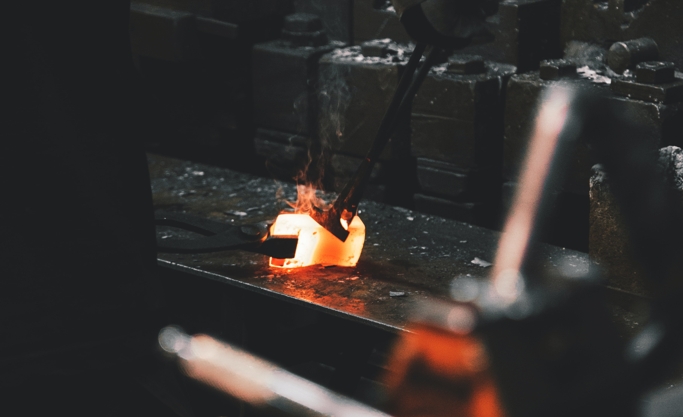
The decision ultimately hinges on various factors. But in general, no. The primary deterrent lies in the relatively high production cost associated with BG42, which can impact the overall affordability of the knives for consumers.
Moreover, the limited recognition of BG42 among the general public may pose marketing challenges. Despite its commendable performance, opting for knives made from similar but more budget-friendly steels could be a more strategic choice. Choosing alternatives that offer comparable or superior performance at a lower price point ensures a broader appeal to consumers, ultimately contributing to a more marketable and economically viable product lineup.
Buy Wholesale Knives and Start Scaling up with Us Today
Contact us and connect with a sales rep to get a free quote.
Ending
BG42 has become a thing of the past, and it might be time to explore newer options. The technical challenges and high manufacturing costs associated with BG42 have been surpassed by more advanced CPM steels. While BG42 still delivers a fair performance, it no longer holds a unique position in the market, and its production costs may not be justified for many. With a plethora of alternative steels available, choosing BG42 exclusively might leave you with limited options.
If you’re feeling uncertain about the best steel for your budget and needs, consider reaching out to LeeKnives. We can guide you towards a steel that aligns with your requirements and help source materials if you’re determined to manufacture BG42 knives. Get in touch with us today for a friendly and informative discussion!

